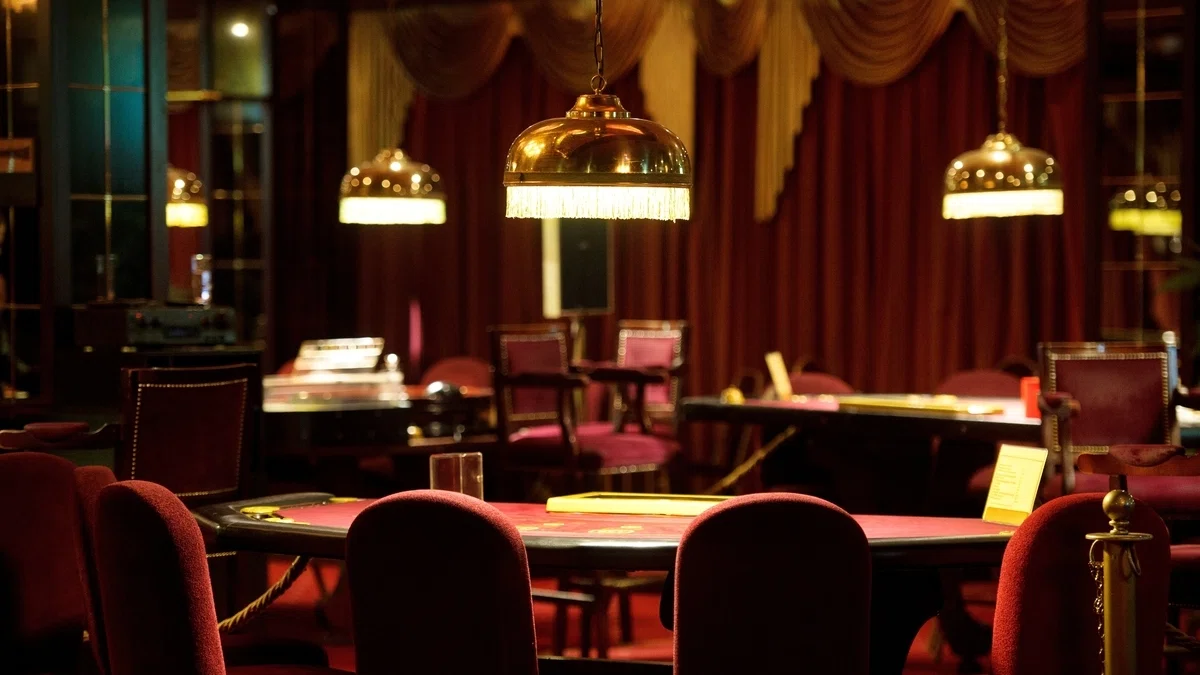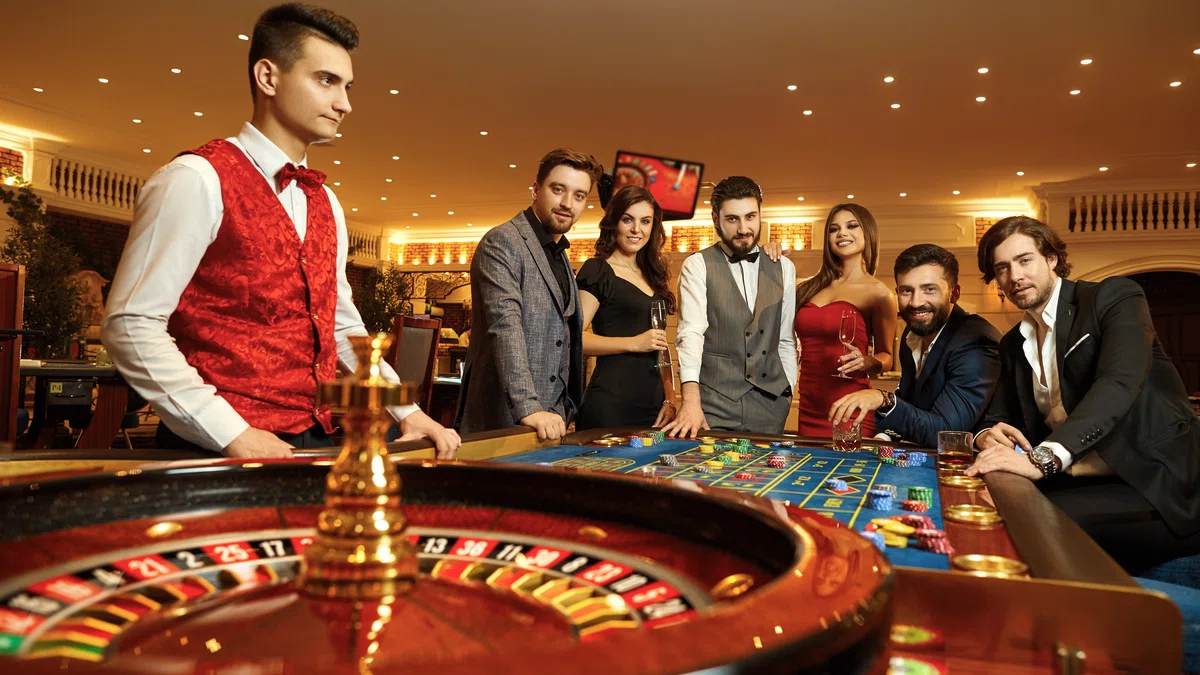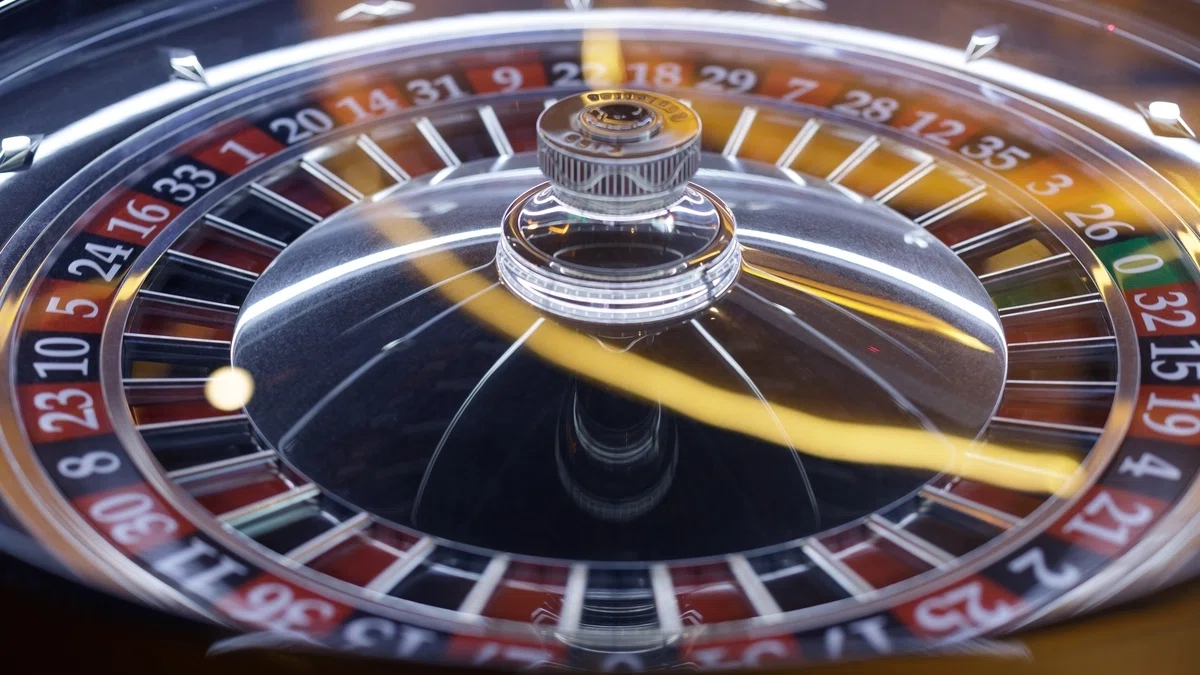With the Paroli system, also known as the Reverse Martingale betting strategy, you double the play after every win. The idea is to capitalize on winning streaks while minimizing losses during losing streaks.
In this guide, we’ll determine whether the Paroli approach is a viable long-term strategy for roulette players looking for the perfect roulette betting system.
We will let the math do the talking and once and for all reveal the effectiveness of this betting system.
Understanding Roulette and the Paroli System
Roulette is a game of pure chance where you pick numbers, colors (red/black), odd/even numbers, or groups of numbers. The European roulette wheel has 37 pockets (numbers 1-36 and a single zero), while the American roulette wheel has 38 pockets (an extra double zero).
The house edge in European roulette is 2.7% and 5.26% in American roulette, so it changes for both roulette wheel types.
Related Posts:
The Paroli Strategy Explained
To use the Paroli strategy in roulette, you make an even money play (red/black or odd/even) and then double it after every win. After each loss, you return to your original playing amount.
It is important to set a winning target because your streak will eventually come to an end. We prefer to target 3 to 5 streaks. Here is an example of the system in action:
- Play 10 on Black, and the ball lands on black.
- Play 20 on Red, and again you win.
- Play 40 on Red, and the ball hits your spot once more.
- Play 80 on even, and the croupier tosses the ball so it comes to a halt on 10.
- Leave the roulette table with 160 in your pocket.
The idea behind this system is that you can ride hot streaks while limiting losses to just the initial play per cycle.
Reverse Martingale Strategy vs. Flat Betting
Flat roulette play is a system where you never alter your play, no matter how many times you win or lose. Roulette’s RTP doesn’t change whether you employ the Reverse Martingale strategy or simply use the same stake every round. However, the amount of chips you leave the table with can change.
Say you start out playing 10 on red per round on the European roulette. Things are going great and you go on a 5-round winning streak, ending up with a solid 50 profit. Your smile would vanish if a fellow player told you that, if you’d used the Paroli method for that exact same streak, you would’ve walked away with 310!
By only risking 10, you could’ve scooped up more than 6x the profit of flat betting.
However, the Paroli system is not without risk. If you tempted fate and decided to play 320 the next round and lost, all of your profit would’ve evaporated, and you’d be 10 in the hole, while the player using the flat betting strategy would still be up 40 (50 profit – 10 from the losing play)!
The Mathematics Behind the Paroli System
To evaluate the effectiveness of the Paroli, we must first analyze the likelihood of consecutive wins in even-money plays (red/black, odd/even). The probability of winning even-money plays in European roulette is:
- 1 win: 48.65%
- 2 wins: 23.69%
- 3 wins: 11.53%
- 4 wins: 5.61%
- 5 wins: 2.73%
- 6 wins: 1.33%
Expected Value (EV) of the Paroli Approach
Now that we know the probability, we can determine how much you can expect to win or lose with this strategy, depending on the number of consecutive wins you are targeting. For example, if your goal is 4 consecutive wins and your starting play is 10, your EV is:
- If successful (4 wins), winnings = 10 → 20 → 40 → 80 = 150 total.
- If unsuccessful, loss = 10.
- EV = (5.61% * 150) – (94.39% * 10) = 8.42 – 9.44 = -1.02
Remember that the Paroli system will always result in a negative expected value due to the house edge.

Simulation of the Paroli Strategy
To test real-world viability, we ran a Monte Carlo simulation of 100,000 players, each starting with a 100 bankroll, using a base play of 10 and stopping after 4 consecutive wins.
These are the results:
- Winning players: 19,687 (19.69%)
- Losing players: 80,313 (80.31%)
- Average ending bankroll: $94.86 (net loss of 5.14 per player)
- Largest win: 1,500
- Largest loss: 100 (entire bankroll)
While some players walked away with large rewards, the majority lost their bankrolls over time.
Paroli vs. Martingale System
The Martingale system is a bankroll-draining system requiring deep pockets, while the Paroli method is riskier but can lead to big wins with the right streaks.
Check out more differences between the systems below!
| FEATURE | PAROLI | MARTINGALE |
|---|---|---|
| Play Doubling Method | After Wins | After Losses |
| Risk Profile | High Risk, High Reward | High Risk, High Capital Requirement |
| Best Case Scenario | Long Winning Streak | No Losing Streak |
| Worst Case Scenario | Early Losses | Long Losing Streak |
| Bankroll Requirement | Low | Very High |
| House Edge Impact | Negative Expected Value | Negative Expected Value |
Reverse Martingale — Myths and Misconceptions
One of the biggest reasons why bank management systems like the Paroli remain popular is due to misconceptions about probability, luck, and how roulette works. Below, we debunk some of the most common myths surrounding the Paroli roulette betting system.
❌ Roulette Has Streaks — ✅ The Wheel Has No Memory, Every Spin Is Independent.
Many players believe that roulette has “hot” and “cold” streaks, meaning that if a certain outcome, say red, has appeared multiple times in a row, it is either more likely to continue or more likely to reverse. However, this is a classic example of the player’s fallacy, the mistaken belief that past events influence future probabilities in independent random events.
In reality, every spin of the roulette wheel is independent. If the ball lands on red five times in a row, the probability of hitting red on the next spin remains 48.65% in European roulette or 47.37% in American roulette.
❌ Paroli Eliminates the House Edge — ✅ No System Can Beat the Built-In House Edge.
The house edge in roulette comes from the presence of the zero. Since even-money play (red/black, odd/even) only wins 18 times out of 37 (in European roulette) instead of 50% of the time, the casino maintains a 2.7% edge. This means that, on average, players will lose 2.70 for every 100 played. No system, including the Paroli, can change these probabilities.
❌ You Can Always Win With Patience — ✅ Probabilities Dictate That Eventually, a Loss Will Reset Gains.
The idea that if you wait long enough, you will eventually get on a winning streak and cash out big profits is a dangerous misconception.
The reality is that while short-term winning streaks do happen, a loss is inevitable at some point. Because the Paroli system involves doubling play after wins, a single loss after several consecutive wins can erase all accumulated profits.
How to Use the Paroli Roulette System
While the Reverse Martingale system is inherently risky, certain roulette strategies can help maximize its potential and reduce unnecessary losses. Here are a few tricks we’ve had success with.
1. Set a Win Limit — Cash Out After 3-5 Consecutive Wins
One of the most important strategies when using the Paroli is knowing when to stop. Because the system relies on consecutive wins, we advise you to set a predetermined win target and cash out before the inevitable loss resets your gains.
The probability of winning multiple times in a row decreases significantly. For example, winning three times in a row is still reasonably likely (~11.53% in European roulette), but going beyond five consecutive wins becomes increasingly rare (~2.73% for five wins in a row).

2. Use a Smaller Base Play — Allows for More Attempts Before Depleting the Bankroll
Since the Paroli relies on consecutive wins, it is essential to have enough attempts to catch a winning streak. A 10 base play on a 100 bankroll will only give you 10 full attempts, while a 5 base play doubles that to 20 attempts.
3. Avoid Emotional Playing — Stick to Predetermined Rules and Stop Limits
Roulette often triggers strong emotions, particularly when you experience extreme outcomes. Emotional playing can lead to reckless decisions, such as continuing to play beyond a reasonable win limit or raising play too aggressively.
Once you reach your predetermined win goal or maximum loss, you should stop playing.
Conclusion
The Reverse Martingale may be fun to use, but it does not guarantee long-term profits because it can’t overcome roulette’s in-built house edge, which results from the zero on the wheel. It is best suited for short, high-risk sessions where you hope to get lucky and go on a winning streak.
Knowing that, you’re now fully equiped to try this strategy at McLuck social casino!
FAQ
Is the Paroli system profitable in the long run?
No, the house edge in roulette ensures that, over time, the expected value remains negative. However, the system can be profitable in short-term sessions if a winning streak occurs.
How many wins in a row should I aim for before stopping?
A reasonable stopping point is between 3 and 5 consecutive wins. The probability of longer streaks drops significantly and increases the risk of losing everything before cashing out.
Can the Reverse Martingale reduce risk compared to the standard Martingale?
Yes. Unlike the standard Martingale, which requires large bankrolls to recover losses, the Reverse Martingale limits losses to the base play. However, it still carries high volatility due to exponential play increases.
What is the biggest risk of using the Paroli bank management system?
The biggest risk is encountering a loss after building up a large play, which resets all winnings back to the base play. This means that even after multiple wins, one loss can wipe out all accumulated gains.
Does the Paroli method change the odds of winning at roulette?
No, the odds remain unchanged. The strategy affects play sizing and bankroll volatility but does not influence the outcome of individual spins, as each spin is independent.
What is the best way to use the Paroli approach effectively?
The best way to use the Reverse Martingale roulette system is to set a win limit (3-5 wins), use a small base play to manage risk, and take advantage of casino bonuses to extend playtime.
Related Posts:

